Five National Parks in the United States
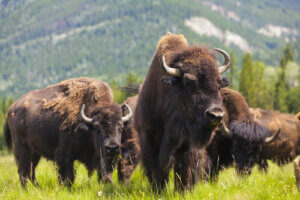
Did you know that the first natural reserve in the world was created in the USA? In its vast territory, there are dozens of protected areas, some more well-known and visited than others. In this article, we’ll tell you about the best national parks in the United States. You can’t miss them if you want to learn about local fauna.
The most visited national parks in the United States
There are almost 60 protected areas in the United States and the first one came to be in 1872 (the oldest in the world). The State of California is home to the most national parks in the United States -ten- followed by Alaska -eight- and Utah with five. Among them we can highlight the following:
1. Yellowstone National Park
We couldn’t begin this list with any other park than the oldest in the world. It’s located mainly in Wyoming, but also in Montana and Idaho. One of its main attractions is the geyser ‘Old Faithful‘ which spews steam and water several meters high.
Yellowstone National Park was home to several native tribes and contains lakes, rivers, canyons, and mountain ranges. What’s more, it’s home to several mammals – including grizzly bears, gray wolves, and elk – as well as birds, reptiles, and fish. It’s also the home of the bison, which appears in this article’s title photo.
2. Everglades National Park
Everglades National Park is located in the state of Florida and protects a wetland of 2355 mi² which is unique in the world. The eternal marshes or reed beds of Florida became a national park in 1947 and you can access it by State Highway 9336.
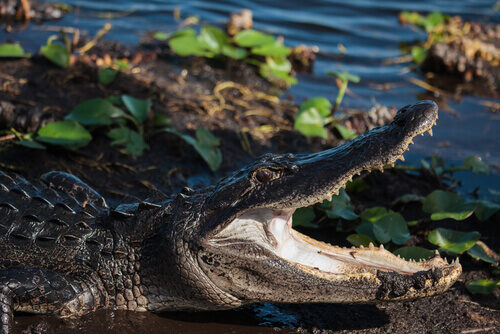
3. Yosemite National Park
This is one of the most-visited and famous parks in the country, with an area of over 1860 square miles. It belongs to California and sits in a valley that sits between a beautiful mountain range. In its surroundings, we can find several protected areas.
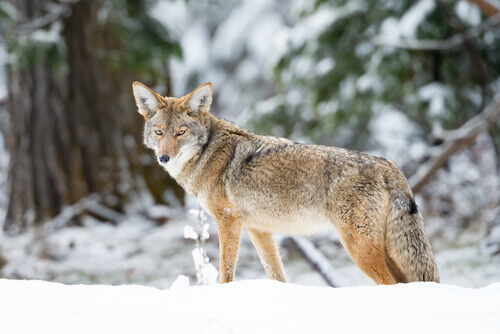
4. Theodore Roosevelt National Park
While it’s not as well known as the previous parks, it’s very important in terms of biodiversity protection. This park is located in the west of North Dakota and has an extension of less than 186 mi². It consists of three sections, which the Little Missouri River crosses.
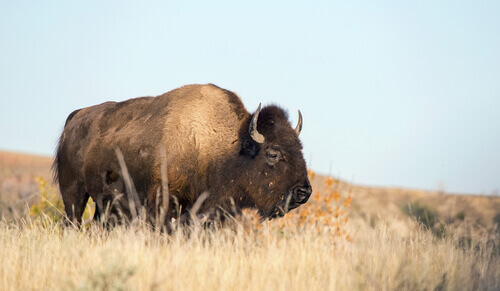
Among the main attractions of the park, we can highlight the viewpoints that allow us to observe the wildlife without difficulty. The typical fauna consists of bison, white-tailed deer, wild horses, golden eagles, mule deer, and elk.
5. Grand Canyon National Park
This is another of the National Parks of the United States that you can’t miss. With an extension of some 3100 mi², it’s the main jewel of Arizona and was created at the beginning of the last century. It’s crossed by the Colorado River and its orange and brown rocky forms are a breathtaking natural spectacle.
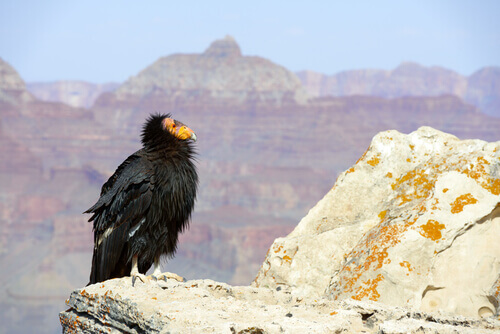
Did you know that the first natural reserve in the world was created in the USA? In its vast territory, there are dozens of protected areas, some more well-known and visited than others. In this article, we’ll tell you about the best national parks in the United States. You can’t miss them if you want to learn about local fauna.
The most visited national parks in the United States
There are almost 60 protected areas in the United States and the first one came to be in 1872 (the oldest in the world). The State of California is home to the most national parks in the United States -ten- followed by Alaska -eight- and Utah with five. Among them we can highlight the following:
1. Yellowstone National Park
We couldn’t begin this list with any other park than the oldest in the world. It’s located mainly in Wyoming, but also in Montana and Idaho. One of its main attractions is the geyser ‘Old Faithful‘ which spews steam and water several meters high.
Yellowstone National Park was home to several native tribes and contains lakes, rivers, canyons, and mountain ranges. What’s more, it’s home to several mammals – including grizzly bears, gray wolves, and elk – as well as birds, reptiles, and fish. It’s also the home of the bison, which appears in this article’s title photo.
2. Everglades National Park
Everglades National Park is located in the state of Florida and protects a wetland of 2355 mi² which is unique in the world. The eternal marshes or reed beds of Florida became a national park in 1947 and you can access it by State Highway 9336.

3. Yosemite National Park
This is one of the most-visited and famous parks in the country, with an area of over 1860 square miles. It belongs to California and sits in a valley that sits between a beautiful mountain range. In its surroundings, we can find several protected areas.

4. Theodore Roosevelt National Park
While it’s not as well known as the previous parks, it’s very important in terms of biodiversity protection. This park is located in the west of North Dakota and has an extension of less than 186 mi². It consists of three sections, which the Little Missouri River crosses.

Among the main attractions of the park, we can highlight the viewpoints that allow us to observe the wildlife without difficulty. The typical fauna consists of bison, white-tailed deer, wild horses, golden eagles, mule deer, and elk.
5. Grand Canyon National Park
This is another of the National Parks of the United States that you can’t miss. With an extension of some 3100 mi², it’s the main jewel of Arizona and was created at the beginning of the last century. It’s crossed by the Colorado River and its orange and brown rocky forms are a breathtaking natural spectacle.

This text is provided for informational purposes only and does not replace consultation with a professional. If in doubt, consult your specialist.








